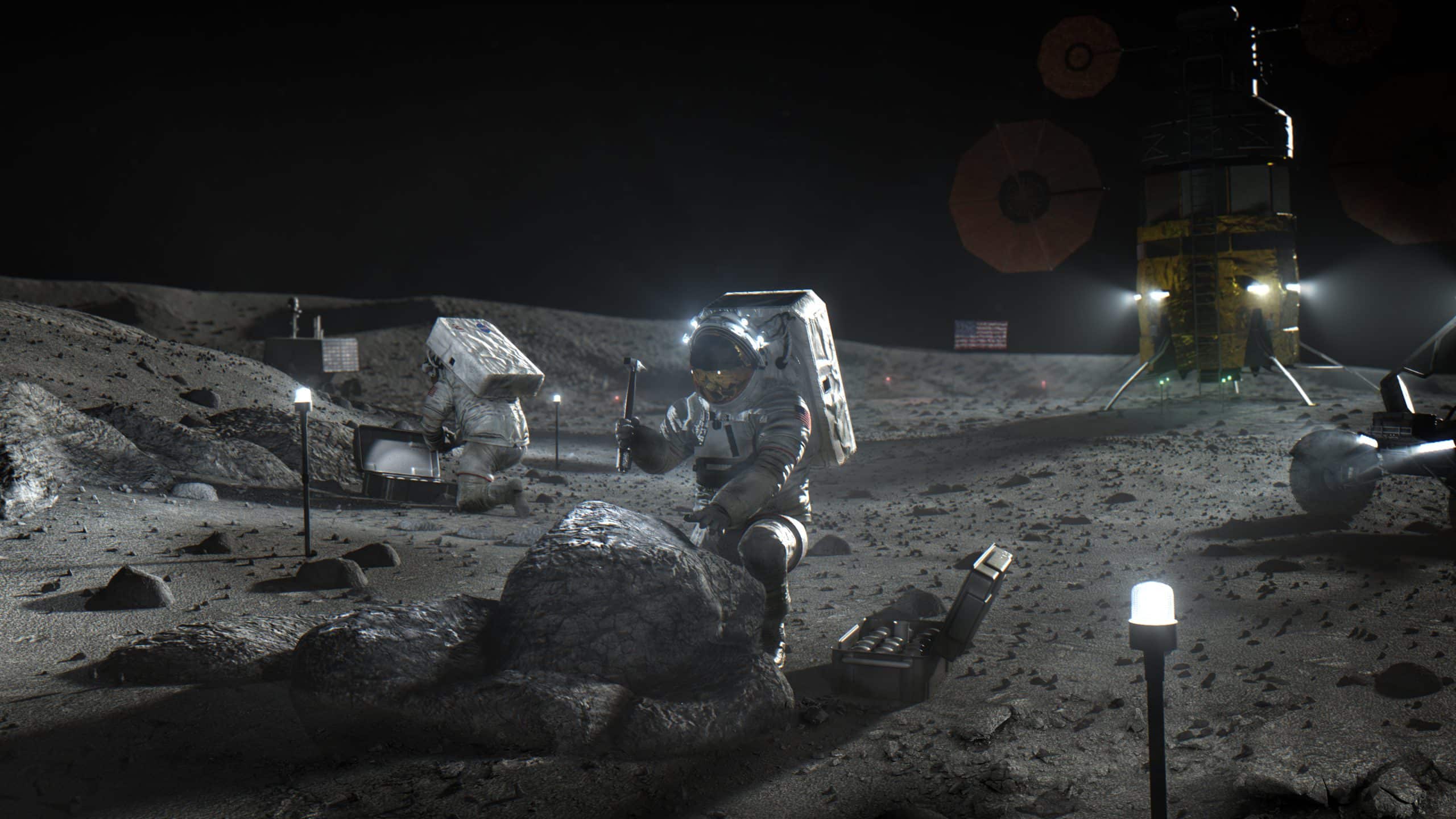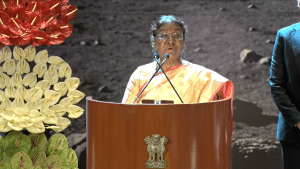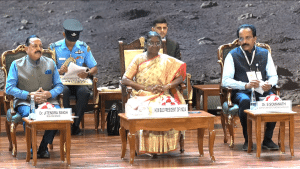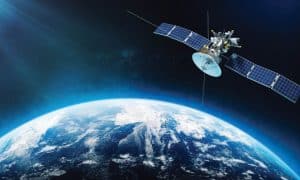In the febrile counter-cultural days of 1969, marked by rage, alienation, and protests, Apollo 11 reinforced optimism in inevitable progress and indomitable human will. It was a decisive moment that signaled the end of the Space Race, establishing America’s cutting-edge in space tech.
More than half a century later, the world has changed tremendously. But mission moon still holds many significant lessons.
Tom Wolfe’s ‘The Right Stuff’, which has assumed the status of an opus on the first lunar mission, mentions the grit, fortitude, as well as the overall heady climate of that era when astronauts became the uncrowned knights.
Scope of Artemis
NASA-led Artemis Accords, a non-binding agreement on peaceful space cooperation, and lunar and Mars exploration, has 26 signatories. Most recently, India and Ecuador signed it. The accords would focus on space interoperability, transparency, space preservation, emergency response, as well orbital debris.
India joining the Accord is a significant stride for New Delhi’s space program. It indicates deepening cooperation with the US, overcoming decades of mistrust, cynicism, and arm-twisting. The world has changed a lot over the years. In 1993, Washington imposed sanctions on the technology transfer of cryogenic engines to India. Today, ISRO and NASA are actively collaborating on NISAR satellites.
India today is a formidable spacing power. It holds the record for the highest number of launches in a single mission and aspires to go to the moon, mars, as well conduct a human spaceflight by 2024.
ISRO, the nation’s space agency, is known for its humble beginnings and merging cost-effectiveness with uncompromised quality. India is also the fourth country in the world with ASAT( anti-satellite) capability.
As a follow-up to the Outer Space Treaty ( OST), Artemis Accords will boost the consensus on safeguarding the ‘common frontier’ and fostering orbital sustainability. It can lead to a new framework for preventing space weaponization. Normative rules for space cooperation can also be developed once like-minded spacing nations coming together
Turning a New Leaf
India and the US should forge mutually beneficial collaboration in key tech sectors such as space, geospatial and AI. As a fast digitalizing economy, the potential of space-based applications and services in India is immense.
The impetus given by the space policy, the liberalization thrust, and the mentorship and hand-holding by ISRO and InSpace, can lead to the foundation of a domestic space ecosystem. With Indian NewSpace startups getting noticed by global investors and venture capitalists, the burgeoning sector here can rival the success story of IT.
From agtech to disaster mitigation, the space sector posits enormous opportunities. As per market estimates, India’s space sector would hit USD 13 billion by 2025. In this scenario, it holds the key to the 4IR transition and the new age of hyper-connectivity.
In Greek mythology, Artemis, or the moon goddess is the twin sister of Apollo. A propitious start to a new chapter in Indo-US space collaboration, with renewed vigor, and a sense of purpose.
Economist Mariana Mazzucato calls the Apollo space program the epitome of mission-oriented policy and innovation that should serve as a template for policymakers to deal with complex challenges.
Time to re-look at the Apollo and extend its spirit of collaboration, targeted outcome-focused work, and solidarity beyond national frontiers.
Disclaimer: Views Expressed are Author's Own. Geospatial World May or May Not Endorse it









